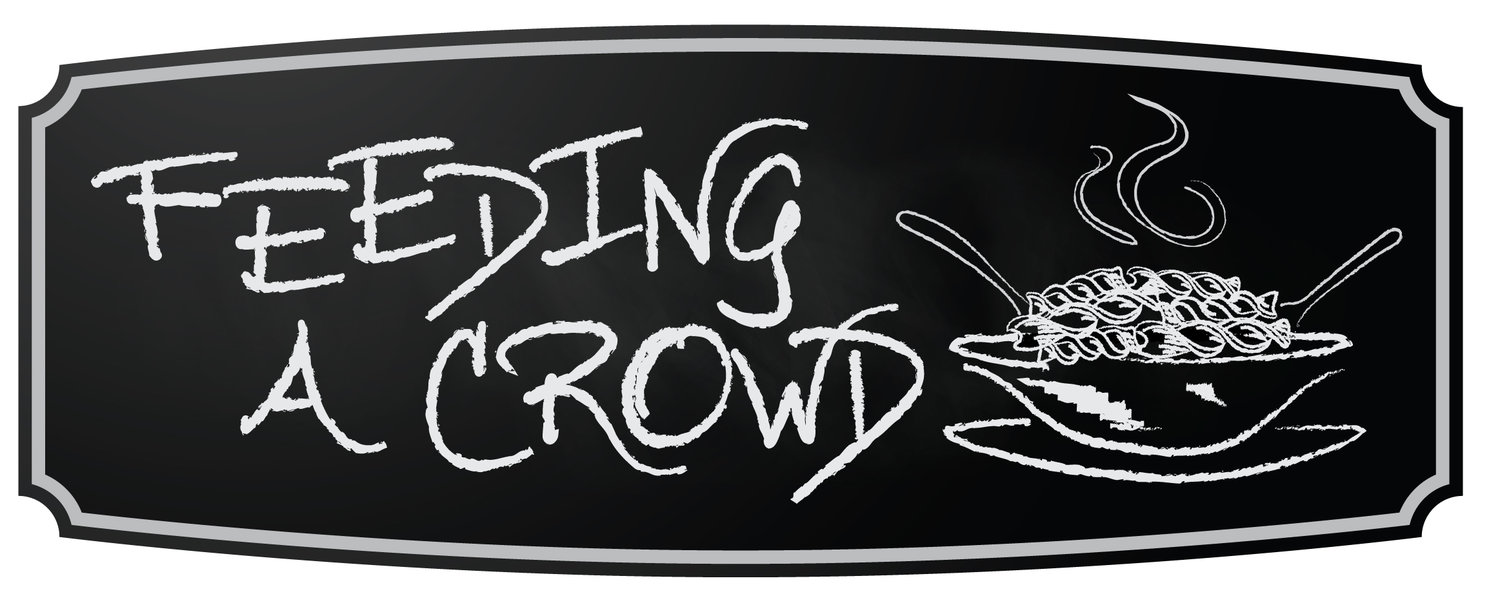Why Your Bread Dough Isn’t Rising
Why Your Bread Dough Isn’t Rising
Proofing is a term used for bread dough to rise, see definition below.
It happens, and it happened to me when I was making my Oatmeal Brown Bread for my blog.
It is not fun when something we work on doesn’t come out as wonderful as it should.
My daughter Felicity this morning said to me, why don’t you put a picture of your unrisen bread on your blog or Instagram, this way people know that you too fail. I immediately thought this was a great idea. And so here it is.
I will write from experience what I know will cause bread to not rise or bake as we want it too.
Temperature of your liquids
1. Too cold. This will keep the yeast from waking and blooming so to speak.
2. Too hot. This will kill the yeast, and you will end up with unmalleable dough which will rise poorly or not at all.
TIP: If I want to make sure my yeast is healthy, I will place it in a bowl or cup with warm water and a teaspoon of sugar, sugar feeds the yeast and assures its growth. The yeast will bubble and grow. You know you are good to go.
Letting dough rise too much
1. In the first proofing, you can let the dough rise more and punch it down as often as you need or till you are ready to form it into your loaves. Note: it is better to punch it down regularly than let it rise too much and fall in on itself.
2. Once you have formed your loaves and set them to rise/proof till double, I strongly suggest not to let it rise more than double, the dough needs to cook as it rises its last inches. If your bread has risen too much to bake and drooping, simple punch it down gently, reform it into your loaves and let it rise again, this will give you better results.
TIP: Your liquids should be lukewarm, right? What does that mean????? To me, it is warm on my wrist or fingers, the same temperature as I would heat baby bottle to or the water for his bath. It makes no sense to most but it sure does to me. Scientifically and for your yeast to develop, the temperature is between 105° and 115°F.
Bread making is so wonderful, it makes the house smell wonderful, it makes everyone smiles, it fills our bellies with deliciousness and makes memories.
I am so happy I have mostly mastered the art of bread making, but I at times fail, due to being in a hurry, to pushing boundaries or messing with the science of cooking with yeast, a live product that does need attention and care for it to work.
In ending this blog, remember failure is not a bad thing, failure is really a good thing as it gives us the chance to try again, and then when we do succeed, the success tastes all the better. SO do not fear failure, simply see it as part of the journey.
Proofing (also called proving or more rarely blooming), as the term is used by bakers, is the final rise of shaped bread dough before baking. It refers to a specific rest period within the more generalized process known as fermentation. Fermentation is a step in creating yeast breads and baked goods where the yeast is allowed to leaven the dough. (Wikipedia)









